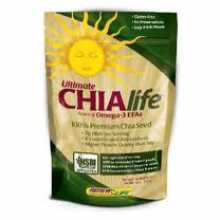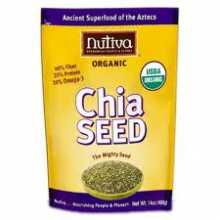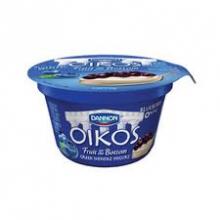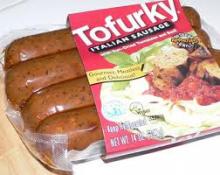The Sun and Vitamin D
How could it be? Wasn’t natural sunlight enough for my body to produce its own Vitamin D? The problem, according to my medical doctor, was that I religiously applied sunscreen to my body whenever I was outdoors. The sunscreen not only blocked harmful effects from the sun, but it also blocked any chances of my body creating Vitamin D from all of that sun I was getting on my weekly runs outside.
After so many years, people have finally started to understand how bad it was to spend too much time in the sun unprotected. Like me, many people have made it a priority to wear sunscreen whenever they knew they were going to be outside for a while. According to my medical doctor, people were getting better at preventing skin cancer, but they were starting to put themselves at risk for being deficient in Vitamin D.
So what should we all do? Do we use less sunscreen? Or should we be okay with not having enough Vitamin D in our bodies? No to both, because that can be harmful to our bodies. Instead, we should stop equating the sun with Vitamin D, and learn to get the needed vitamin elsewhere. Both Vitamin D supplements and fortified milk are good sources to consider.




